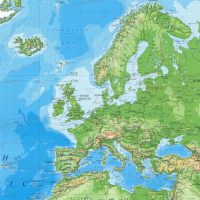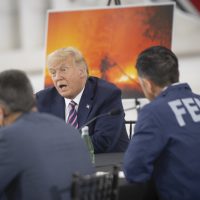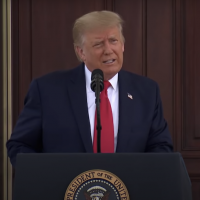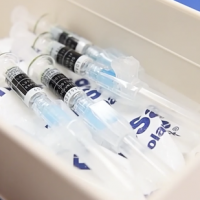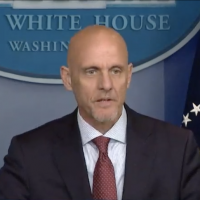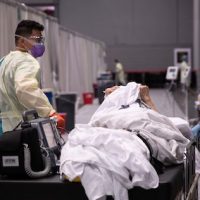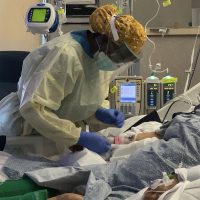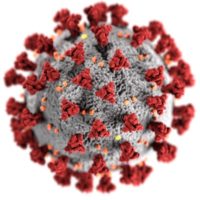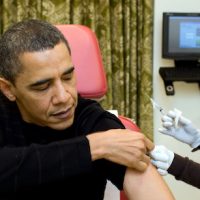In a series of recent appearances, President Donald Trump continued to wrongly insist that the U.S. compares favorably with Europe on both coronavirus cases and deaths.
SciCheck
FactCheck.org’s SciCheck feature focuses exclusively on false and misleading scientific claims that are made by partisans to influence public policy. It was launched in January 2015 with a grant from the Stanton Foundation. The foundation was founded by the late Frank Stanton, president of CBS for 25 years, from 1946 to 1971.
Trump Bucks Climate Science in Wildfire Briefing
In a briefing on the barrage of wildfires burning in the West, President Donald Trump baselessly claimed “it’ll start getting cooler,” adding that he didn’t think “science knows” whether or not temperatures would increase in the future. Scientists are very confident that global average temperatures will continue to rise.
Trump Exaggerates Progress, Credit on Future COVID-19 Vaccine
Q&A on Coronavirus Vaccines
Trump, Hahn Mischaracterize Data on COVID-19 Convalescent Plasma
Trump Touts Misleading and Flawed Excess Mortality Statistic
Trump’s Missteps on COVID-19 Mortality
President Donald Trump exaggerated Americans’ comparative success battling the coronavirus, falsely saying in a press briefing that the U.S. per capita death rate is lower than “most” of Western Europe. He also claimed a 9% decrease in COVID-19 fatalities over the past week, but the data do not show such a decline.
